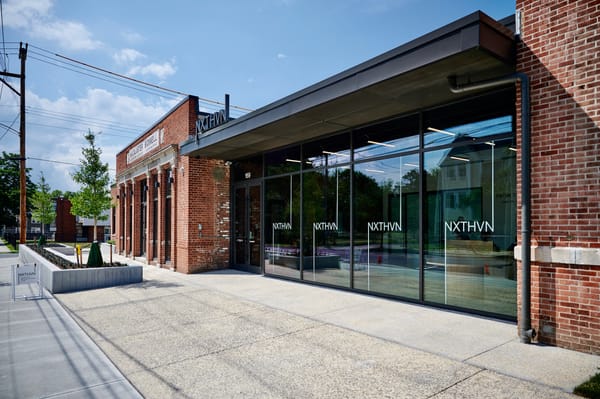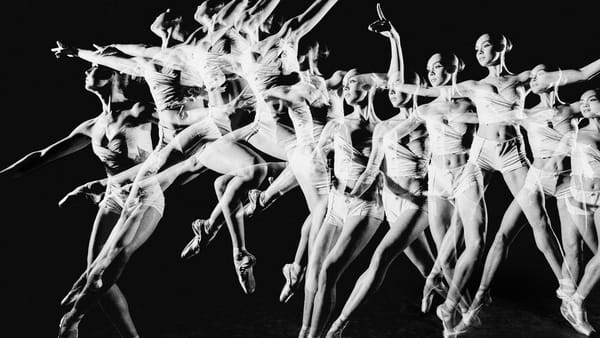Can Beyoncé and Jay-Z's Louvre Video Change Perceptions of Who Belongs in Museums?
The "Apeshit" video is important because people of color rarely have the opportunity to claim such spaces, but it also perpetuates the dangerous notion that art is a luxury.
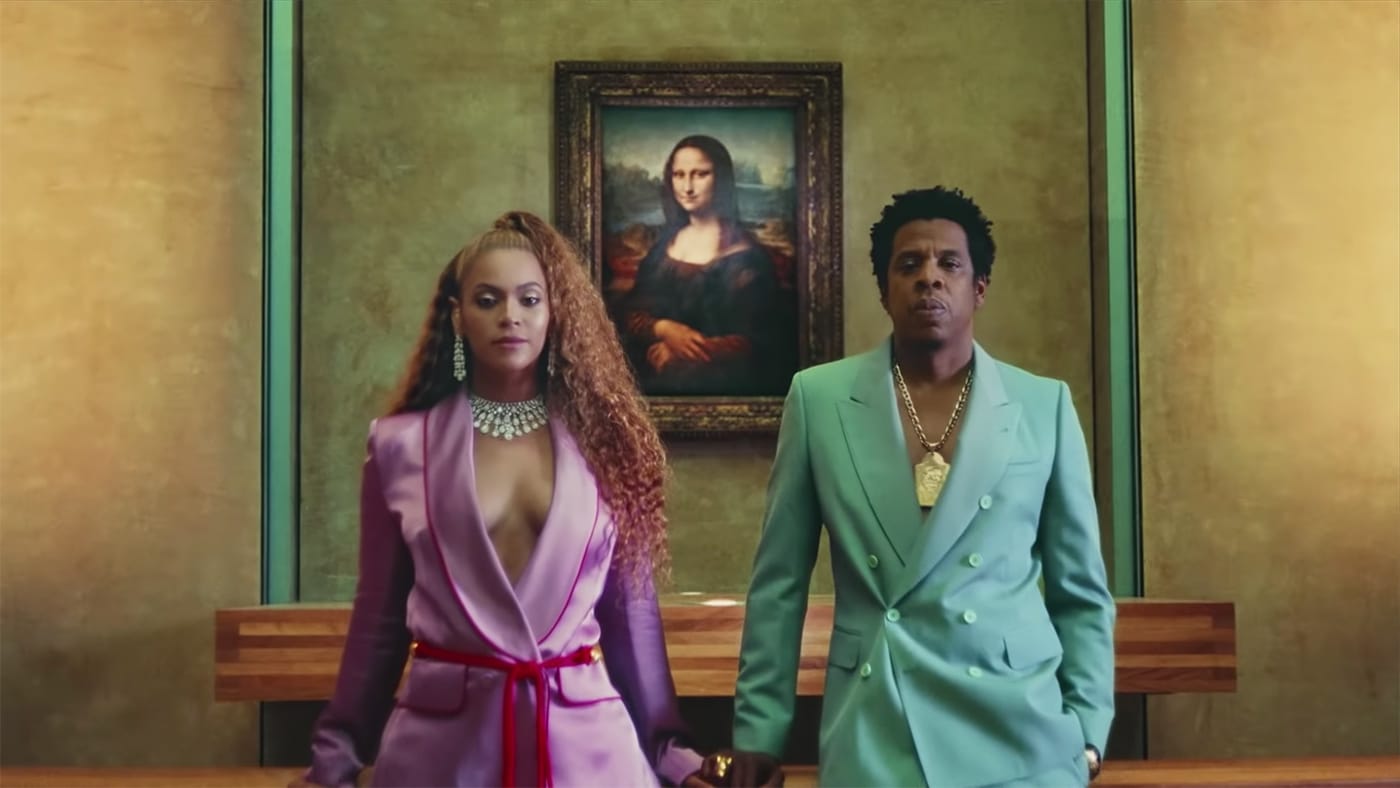
It was an extraordinary feat: a top-secret mission to shoot a music video in one of the most prestigious museums in the world — a space where the art is incalculably valuable and security is tight. The mission was seamlessly accomplished by pop culture superheroes Beyoncé and Jay-Z. The couple, duly proud of their feat, proclaim repeatedly throughout “Apeshit,” “I can’t believe we made it,” while celebrating and contemplating their range of accomplishments in the most hallowed of European halls. The music video is a true feast for the eyes as beautiful people take over a beautiful place in ways we’ve never seen — because people of color rarely have the opportunity to claim such spaces, a fact that adds to the extraordinariness of the couple’s feat. However, while the Carters’ accomplishment underscores the egregious lack of representation and audiences of people of color in art spaces, it also perpetuates the damaging notion that art is a luxury.
Earlier this year, the former US President and First Lady, Barack and Michelle Obama nearly broke the internet when their official portraits were unveiled at the National Portrait Gallery. The event was remarkable for a multitude of reasons, including that the paintings were the first presidential portraits commissioned by Black artists — Kehinde Wiley and Amy Sherald; that they fit into an all-white historical context; and that they represent rare examples — like the “Apeshit” video — of Black people being heralded in predominantly white spaces. The unveiling of the Obamas’ portraits provided an opportunity for under-represented populations to see themselves in spaces from which they’re so often excluded. But what happens if we believe that these spaces can only be claimed by people of color if they are the Obamas or the Carters?
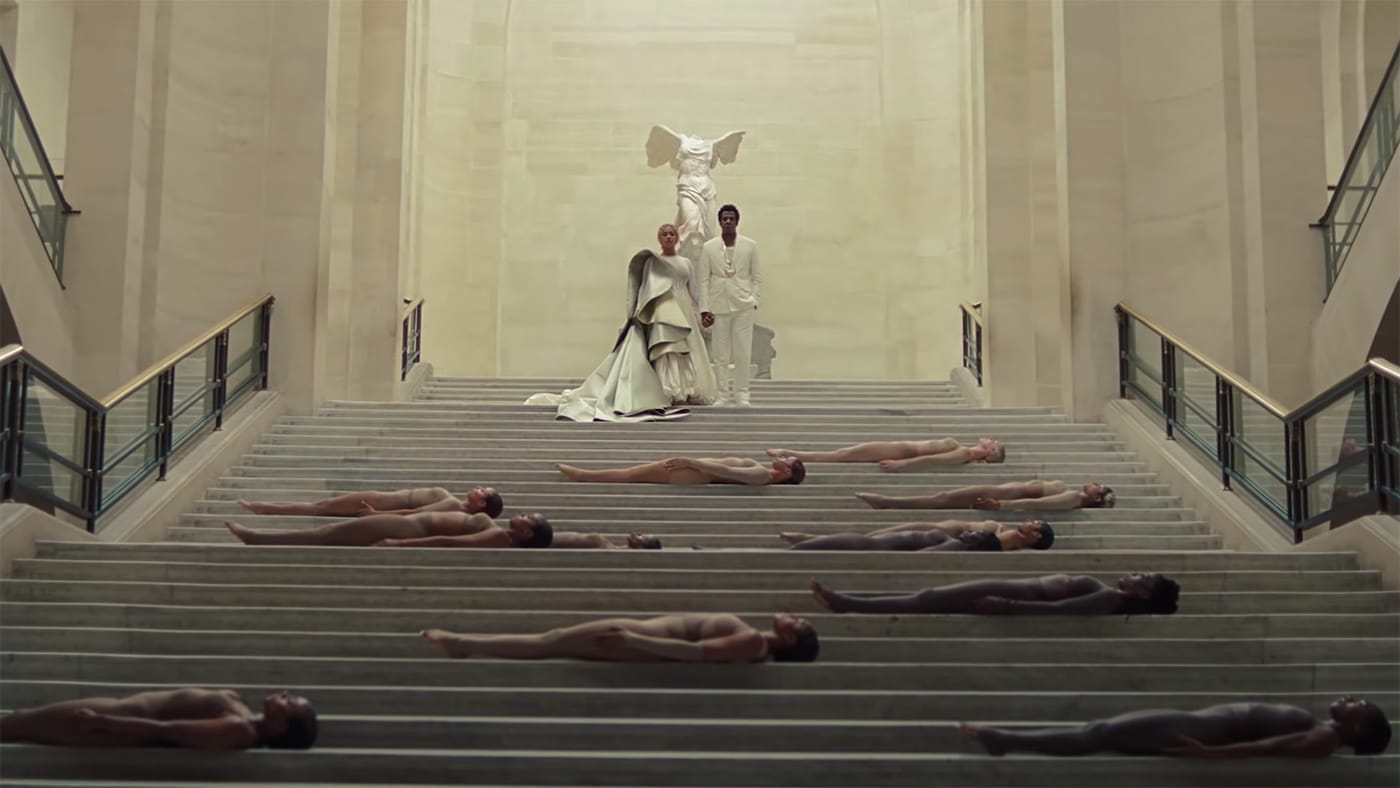
A 2010 study by the American Alliance of Museums found that while people of color will make up 46% of the American population by 2033, they are on track to only represent 9% of museums’ core audiences. However, museums like the High Museum of Art in Atlanta are trying to buck this trend. Earlier this year, that institution reported that it had tripled its number of visitors of color (now comprising 45% of the museum’s total visitors) in just two years. How? By showcasing the work of under-represented artists, adjusting admission fees, diversifying its staff and volunteers, and adopting the slogan: “Here for you.”
Meanwhile, a 2015 National Endowment for the Arts (NEA) report found that one of the top reasons people in the US visit arts spaces is to learn something new. The same report states that “listening to other perspectives” is a key value held by the majority of museumgoers. And in discussing how museums can create opportunities for discovery and affirmation, Roman Krznaric, founder of the Empathy Museum, said: “Developing empathy has the power to create radical social change.” However, touting art as a luxury reduces the number of seats at the table, undermining the notion that arts spaces are platforms that can host difficult conversations about issues (race, class, gender, etc.) that affect us all. While the Carters’ stunning video exemplifies how far some Black people in this country have come, it also reinforces the misperception, held by many, that art is a luxury. If consumerism has expanded from designer clothes and fancy cars to include museum visits, we all lose.
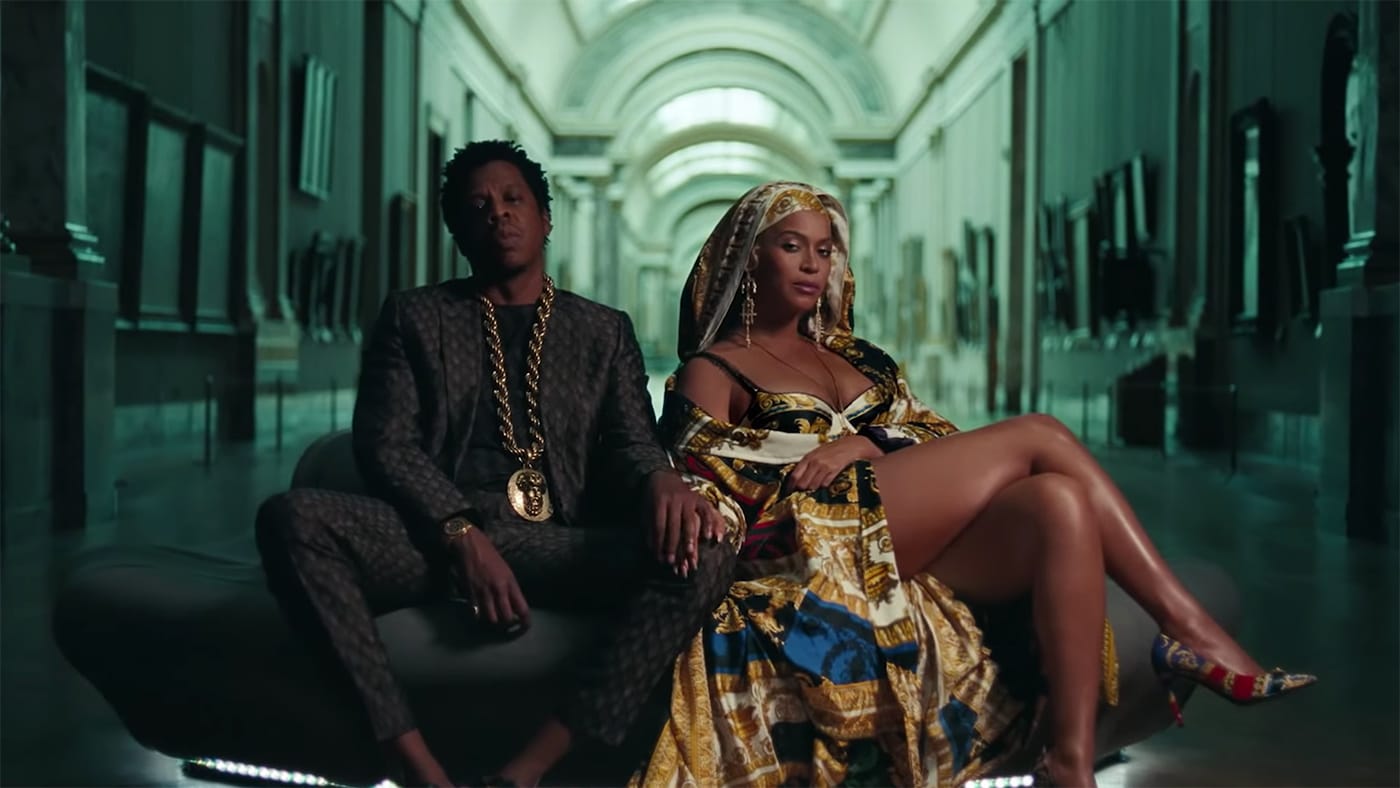
Jean-Michel Basquiat, whose work has come to epitomize the notion of art as a commodity, is also a perfect example of the importance of widespread access to culture. Basquiat was born into a middle-class family in Brooklyn, to a Haitian father and Puerto Rican-American mother. It’s been said that his mother began taking him to the Metropolitan Museum of Art when he was just five years old, and by six, he was a card-carrying member of the Brooklyn Museum. At 15, after moving between five high schools, he became a student at City-As-School, a school for gifted children where he received subway tokens to visit the city’s cultural institutions. When conventional schools failed him, museums became crucial to his education — a function they cannot fulfill if we treat them as a luxury. Access to art spaces provided a foundation for the discovery and affirmation Basquiat needed (that we all need) to allow him to make his own indelible mark on the world.

Despite the access enjoyed by young Basquiat, it should come as no surprise that people of color often feel unwelcomed in arts and cultural spaces — as a particularly insightful scene in Black Panther illustrated earlier this year. As the director of the Art Galleries at Black Studies at the University of Texas, I have spent ample time in museums and galleries, providing me with a degree of comfort in such spaces. I know that my purse can’t be larger than a certain size, and not to use a pen in the galleries, nor a flash when taking a photo, and certainly not to touch the art. But when visiting galleries beyond my own institution, as a Black woman, I’ve been told “You can’t touch the art” while my hands were in my pockets, and “No flash” while I texted a friend. And I’ve had my bag measured (repeatedly) to verify it is of an allowable size. In fact, on one visit, I was stopped three times — pulled from a group in which I was the only Black person — to have my bag sized up with a special measuring card. The truth is, my appearance will continue to make me feel unwelcome in certain arts spaces. So, consider how (for some) touting art as a luxury adds another layer of you don’t belong here.
To be clear, the main issue here is not luxury — which is a complex and subjective problem — but that the “Apeshit” music video encourages us to consider the ways in which luxury factors into the idea of who belongs in cultural spaces. I applaud the Carters for giving us a VIP tour of some of the Louvre’s highlights. But we all deserve to feel that we have a place in art museums — whether we get there in a Lambo or with a bus pass.



